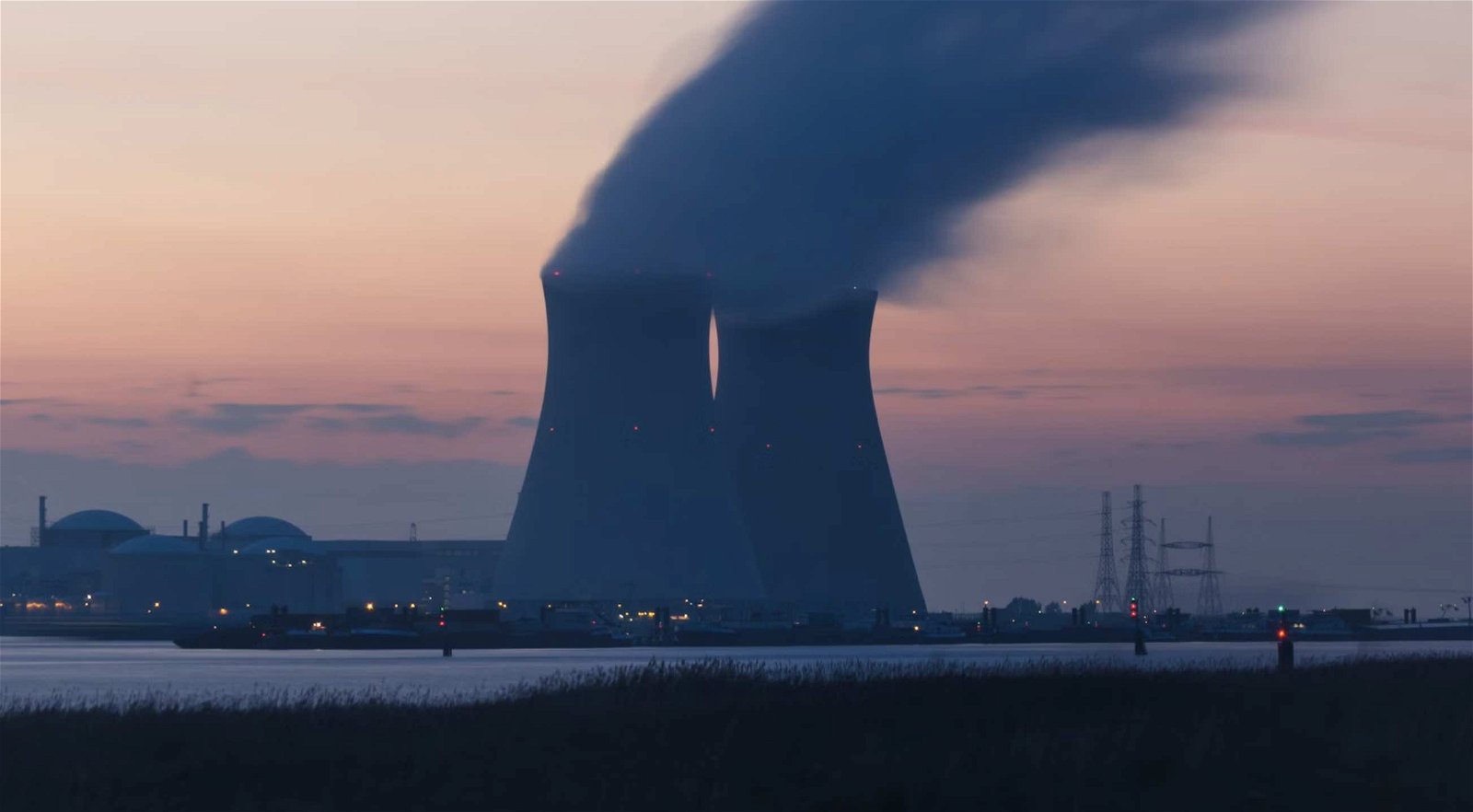Over the past year, several significant breakthroughs in the path toward viable nuclear fusion were made. Last December, Lawrence Livermore National Laboratory’s National Ignition Facility (NIF) conducted the first controlled fusion experiment in history to generate more energy than it took to create, putting the U.S. on the path toward stabilizing nuclear fusion and potentially unlocking limitless clean energy; a development which, on a larger scale, could bring an end to carbon-emitting energy sources.
However, many are reluctant to discuss nuclear fusion as a large-scale power source, partly due to stigmas that are mistakenly associated with it. Disasters like Fukushima and Chornobyl may immediately come to mind for some, even though safety protocols at reactor sites have improved greatly since these incidents. More pertinently, these were caused by fission, not fusion. As pointed out by Andrew Holland, CEO of the Fusion Industry Association (FIA), “fusion has inherent benefits over traditional nuclear, and there is no chance of a meltdown or a runaway reaction.”
Currently, the Biden administration seeks to eliminate all greenhouse gas emissions by 2035, and as fusion will be a key player in that goal, now is the time to be looking at ways nuclear fusion can be beneficial for the environment.
Initiating Nuclear Fusion
The basis of nuclear fusion is to mimic the reactions that occur naturally in the core of a star, although there are currently several methods in use in the effort to find the most effective way it can be achieved. Inside a nuclear fusion reactor, magnetic fields heat up plasma that contains hydrogen nuclei, and the heat of the reaction merges the nuclei together to form a helium atom. Hydrogen nuclei carry positive charges and repel one another like a magnet, which is why there needs to be a huge force, akin to the gravity of the sun, to merge them together. The reaction then releases energy that can be converted into electricity.
According to ITER, fusing atoms together in a controlled way releases nearly four million times more energy than a chemical reaction. Not only would fusion produce more energy, but it would also produce much cleaner energy as fusion does not emit greenhouse gases and reuses its own by-products in a contained loop. Therefore, fusion becoming a part of the grid, which according to the FIA, could be as early as 2030, could help eliminate the need for greenhouse gas-emitting forms of energy entirely.


A core component of creating these reactions is attaining the isotopes of hydrogen, deuterium, and tritium. Deuterium does not emit greenhouse gases, nor is it radioactive. Tritium is radioactive though, and it has a half-life of twelve years, although it is considered one of the least harmful radionuclides.
Deuterium is distilled from seawater. According to the Department of Energy, seawater contains one deuterium atom out of every 5,000 hydrogen atoms, meaning the oceans contain literal tons of the substance. It’s projected that one gallon of seawater used for fusion could produce as much energy as 300 gallons of gasoline. Although it is unknown how much of an impact this extraction could have on ocean life, it is unlikely to be significant.
Tritium is scarce and difficult to produce. At the moment, tritium reserves are mainly bought from CANDU, a nuclear fission reactor in Canada, where Tritium is produced as a by-product. It is unfortunate that, for now, fusion needs fission to operate, especially considering fission is exponentially more harmful to the environment. However, it is important to remember that fusion is actually helping the environment by taking tritium, an otherwise unfortunate radioactive by-product, and utilizing it to produce clean energy.
Additionally, in time, many reactors will be used to breed tritium from lithium, so instead of obtaining it from fission, it will be produced on-site. Although there is an environmental pitfall with lithium mining damaging the environment, once these breeding processes begin, they will be working in a closed loop and no longer need to extract isotopes from the earth. Thus, fusion would not rely on earthly materials in any way, the same cannot be said for fossil fuels.
Making Space
With all methods of energy production, whether that be wind, solar, or fossil fuels, there is a question of how much land and materials will be taken up by these facilities. Fusion companies are already discussing ways to keep the environment at the forefront when creating fusion power plants. First Light Fusion, a fusion company based in the UK, for example, is planning to create small power plants that blend into the countryside rather than being a dominating eye sore.


Holland noted how fusion companies are interested in setting up fusion plants “on existing land that power plants are already using. [For example], shutting down a coal power plant, which is by nature a lot more polluting… and replacing it with a fusion power plant.” In an ideal world, all fossil fuel plants would be replaced by fusion plants and trade polluting energy with clean energy without additional damage to the environment. Regarding the materials and machinery used to create these plants, it is entirely likely that all the clean energy produced in a nuclear fusion plant’s lifetime could effectively offset their own creation.
Fusion can be seen as a missing puzzle piece in the emerging boom of renewable energy. Holland noted how the grid will face challenges with wind and solar due to their variable nature, “when the wind doesn’t blow, and the sun doesn’t shine, you have to have something.” That’s where fusion comes in. Hopefully, in the next couple of decades, we are going to see the exponential rise of renewable power, which could help mitigate the effects of climate change.
Ellie Sivins is a freelance writer based in Scotland. You can follow her work online on Medium.

